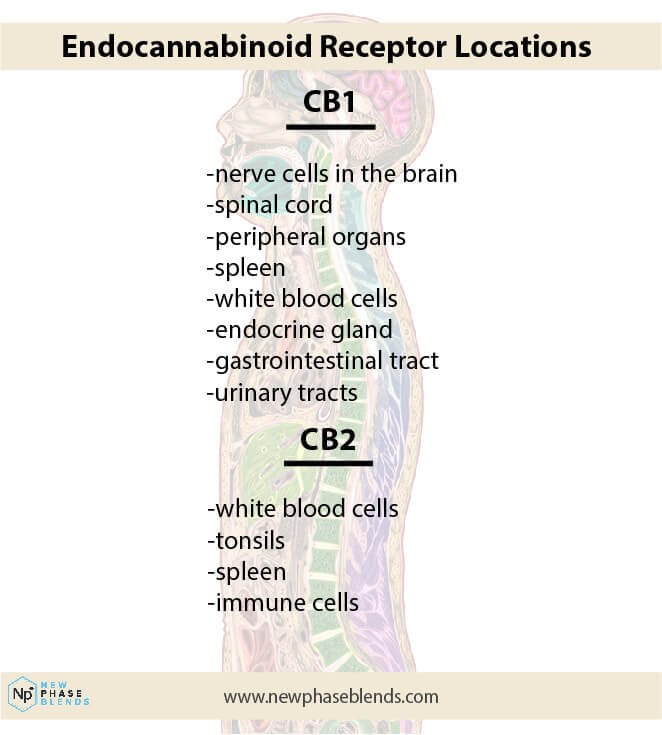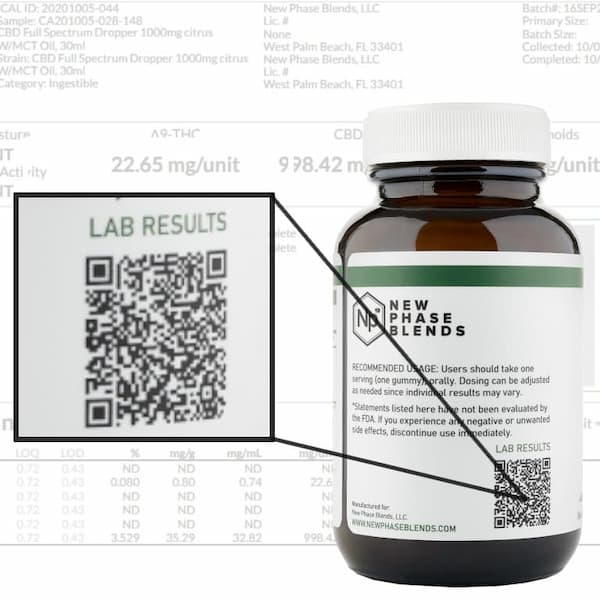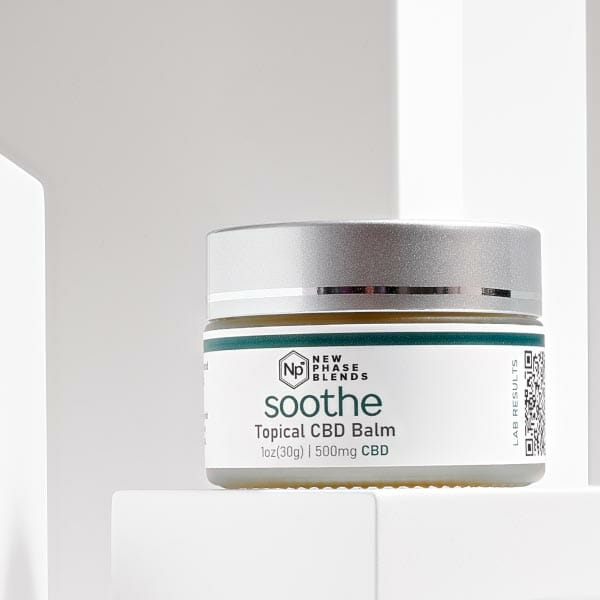Back pain affects millions of people worldwide, limiting mobility and decreasing quality of life. Whether you’re experiencing occasional discomfort or chronic pain, finding effective relief is crucial. In recent years, CBD (cannabidiol) has emerged as a potential alternative for managing back pain. This guide explores the science behind CBD, its potential benefits for back pain, and how to choose the right CBD products for your specific needs.
What Causes Back Pain?
Before exploring treatment options, it’s important to understand the root causes of back pain. Common sources include:
Types of Back Pain
Back pain can manifest in several ways, including:
- Aching or dull pain: Often associated with muscle fatigue or strain
- Sharp or stabbing pain: May indicate nerve compression or disk issues
- Burning sensation: Common with nerve-related conditions
- Radiating pain: Pain that extends to other areas like the legs
Common Causes of Back Pain
Back pain stems from various conditions:
- Muscle Overuse and Strain: Poor posture, improper lifting techniques, and sudden movements can strain back muscles. Athletes and individuals with physically demanding jobs are particularly susceptible.
- Spinal Issues: Bulging or ruptured disks can press on nerves, causing significant pain. These soft cushions between vertebrae can change shape with use and age.
- Inflammatory Conditions: Arthritis in the spine (particularly in the lower back) can cause spinal stenosis, a narrowing of the space around the spinal cord.
- Osteoporosis: This condition causes tiny fractures in spinal disks over time, creating additional pressure that results in pain.
- Age-Related Degeneration: Natural wear and tear of spinal components occurs with aging.
Understanding CBD and How It Works
CBD (cannabidiol) is one of over 100 cannabinoids found in the cannabis plant. Unlike its cousin THC (tetrahydrocannabinol), CBD doesn’t produce psychoactive effects—it won’t make you “high.”
The Endocannabinoid System and Pain Regulation
The human body contains an endocannabinoid system (ECS), discovered in the early 1990s. This complex network consists of:
- Endocannabinoids (naturally occurring cannabinoids in your body)
- Enzymes that synthesize and break down endocannabinoids
- Cannabinoid receptors throughout the body
The ECS helps regulate numerous bodily functions, including:
- Pain perception
- Inflammatory responses
- Nervous system activity
- Immune system function
- Stress responses
CBD interacts with this system, potentially modifying pain signals and reducing inflammation—both key factors in back pain.

How CBD May Help Back Pain
Research suggests CBD may help back pain through several mechanisms:
- Anti-inflammatory Properties: CBD may reduce inflammation in muscles and joints, addressing a common source of back pain.
- Pain Signal Modulation: Studies indicate CBD can influence how pain signals are processed, potentially reducing pain perception.
- Muscle Relaxation: CBD might help relax tense back muscles, relieving strain and associated pain.
- Sleep Improvement: By promoting better sleep, CBD may enhance the body’s natural healing processes.
Types of CBD Products for Back Pain
CBD products come in various forms, each with advantages for back pain management:
Topical CBD Products
CBD Creams, Balms, and Salves
Topical CBD products are applied directly to the skin over painful areas. Their benefits include:
- Targeted relief for specific pain points
- Fast absorption through the skin
- Direct action on local cannabinoid receptors
- Avoidance of digestive system processing
Topicals often include additional ingredients that enhance their effectiveness:
- Menthol provides a cooling sensation
- Essential oils may offer aromatherapy benefits
- Carrier oils (coconut, jojoba) improve absorption

Systemic CBD Products
While topicals work locally, other CBD products affect the entire body:
CBD Oils and Tinctures
- Absorbed under the tongue or added to food
- Faster systemic effect than edibles
- More precise dosing than some other forms
CBD Capsules
- Convenient pre-measured doses
- Longer-lasting effects
- Discreet and easy to incorporate into daily routines
CBD Edibles
- Pleasant flavor profiles
- Extended release of CBD
- May be preferred by those who dislike the taste of oils
CBD Spectrum Types: Making the Right Choice
CBD products fall into three main categories based on their cannabinoid content:
Full Spectrum CBD
Full spectrum CBD contains all cannabinoids naturally present in the cannabis plant, including a legal amount of THC (≤0.3%). Benefits include:
- Entourage Effect: The complete profile of cannabinoids, terpenes, and flavonoids work together synergistically
- Enhanced Effectiveness: Many users report stronger relief with full spectrum products
- Complete Plant Profile: Contains beneficial compounds beyond just CBD
Broad Spectrum CBD
Broad spectrum CBD products contain multiple cannabinoids but have THC removed. They offer:
- No THC: Zero risk of psychoactive effects
- Partial Entourage Effect: Still benefits from multiple cannabinoids working together
- Drug Test Safety: Less likely to trigger positive results on drug tests
CBD Isolate
CBD isolate contains only pure cannabidiol with all other compounds removed:
- Pure CBD: 99%+ cannabidiol with no other cannabinoids
- No Entourage Effect: Works through CBD’s mechanisms alone
- No THC: Completely free of THC
- Tasteless and Odorless: Easier to incorporate into various products
How to Choose Quality CBD Products for Back Pain
The CBD market remains largely unregulated, making it essential to know how to identify quality CBD products:
Third-Party Testing
Always look for products verified by independent laboratories:
- Certificate of Analysis (COA): Should be easily accessible
- Contaminant Testing: Confirms products are free of pesticides, heavy metals, and molds
- Potency Verification: Ensures the product contains the advertised amount of CBD

Source and Extraction Methods
The quality of hemp and extraction processes significantly impact product effectiveness:
- Organic Hemp: Reduces exposure to pesticides and other chemicals
- CO2 Extraction: Generally produces cleaner products with better cannabinoid preservation
- US-Grown Hemp: Often subject to stricter agricultural regulations

Reading Product Labels
Quality CBD products should clearly display:
- CBD Content: Total milligrams per container and per serving
- Spectrum Type: Whether it’s full spectrum, broad spectrum, or isolate
- Ingredients List: All components, including carrier oils and additives
- Suggested Usage: Clear directions for application or consumption
Applying CBD Cream for Back Pain: Best Practices
To maximize the benefits of CBD creams for back pain:
- Clean the Area: Wash and dry the affected area before application
- Apply Generously: Use enough product to cover the painful region completely
- Massage Thoroughly: Work the product into the skin with gentle pressure
- Be Consistent: Apply regularly as directed on the product label
- Layer Applications: For severe pain, consider reapplying after the initial application has absorbed
Research on CBD and Pain Management
Scientific interest in CBD’s pain-relieving properties continues to grow:
Current Research Findings
- A 2020 study published in the Journal of Opioid Management found topical CBD may help reduce pain intensity in patients with peripheral neuropathy
- Research in the European Journal of Pain showed transdermal CBD reduced inflammation and pain-related behaviors in animal models
- A 2019 study in Cannabis and Cannabinoid Research suggested CBD may help with chronic pain conditions through multiple mechanisms
Limitations of Current Research
While promising, CBD research still faces challenges:
- Limited large-scale human clinical trials
- Variations in CBD formulations across studies
- Differences in individual responses to cannabinoids
- Regulatory restrictions that slow research progress
Potential Benefits and Limitations of Using CBD for Back Pain
Potential Benefits
- Non-Addictive Properties: Unlike many prescription pain medications, CBD hasn’t shown addiction potential
- Few Side Effects: Generally well-tolerated with minimal adverse reactions
- No Tolerance Building: Many users report consistent effectiveness without needing to increase dosage
- Complementary Approach: Can be used alongside other treatments (with medical guidance)
Limitations and Considerations
- Variable Effectiveness: Works better for some individuals than others
- Onset Time: May take consistent use before noticing significant benefits
- Cost Considerations: Quality CBD products can be expensive
- Medication Interactions: Can interact with certain medications, particularly those metabolized by the liver
Safety and Side Effects
Possible Side Effects
While generally considered safe, CBD may cause:
- Mild drowsiness or fatigue
- Dry mouth
- Changes in appetite
- Gastrointestinal discomfort (primarily with oral products)
- Skin irritation (with topicals, if allergic to ingredients)
Who Should Avoid CBD
Certain groups should exercise caution or avoid CBD:
- Pregnant or breastfeeding women
- Individuals with certain liver conditions
- Those taking medications that interact with CBD
- People with known cannabis allergies
Always consult with a healthcare provider before starting CBD, especially if you:
- Take prescription medications
- Have underlying health conditions
- Are currently using other pain management treatments
Legal Status of CBD Products
The 2018 Farm Bill legalized hemp-derived CBD products containing less than 0.3% THC at the federal level in the United States. However:
- State laws vary regarding CBD legality
- Quality and compliance with legal standards differ between manufacturers
- FDA approval remains limited (currently only for Epidiolex, a prescription CBD medication for certain seizure disorders)
Frequently Asked Questions About CBD and Back Pain
Will CBD make me feel “high”?
No, CBD products containing less than 0.3% THC will not produce psychoactive effects. Choose broad-spectrum or isolate products for zero THC content.
How long does it take for CBD cream to work for back pain?
Topical CBD typically begins working within 15-45 minutes, though individual experiences vary. Consistent use often yields better results.
Can I use CBD cream with other pain medications?
Consult your healthcare provider before combining CBD with other medications, as interactions are possible.
How do I determine the right CBD dosage for my back pain?
Start with a low dosage and gradually increase until you find relief. Product potency, pain severity, and individual factors all influence optimal dosage.
Will CBD show up on a drug test?
Full spectrum CBD products contain trace amounts of THC that could potentially trigger a positive drug test. Choose broad spectrum or isolate products if drug testing is a concern.
Conclusion: Is CBD Right for Your Back Pain?
CBD offers a potentially valuable tool for back pain management with several advantages over traditional options:
- Natural alternative with minimal side effects
- Multiple consumption methods to suit individual preferences
- Non-intoxicating relief option
- Potential anti-inflammatory and analgesic properties
However, CBD isn’t a miracle cure. Effective back pain management typically involves:
- Proper diagnosis of the underlying cause
- Comprehensive treatment approach
- Lifestyle modifications (posture improvement, exercise)
- Professional medical guidance
Consider consulting with a healthcare provider knowledgeable about CBD and cannabinoid therapy when incorporating CBD into your back pain management plan. With proper selection and usage, CBD products may offer meaningful relief as part of a holistic approach to back health.












